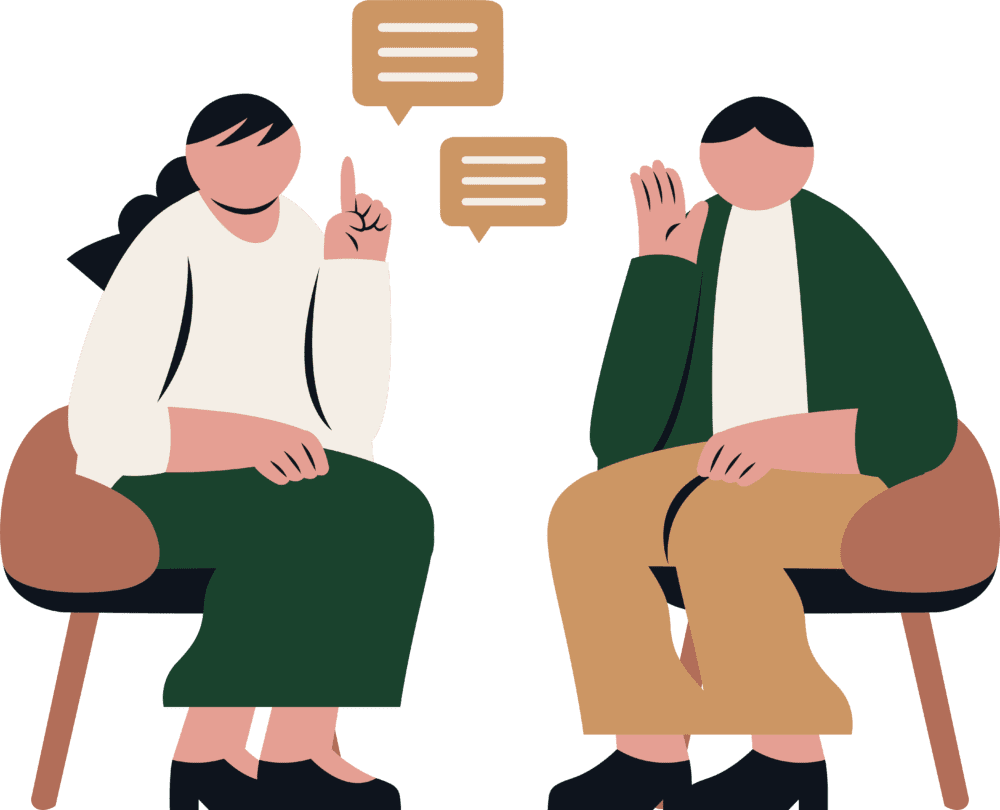Active listening (AL) is not merely hearing words; it is a conscious effort to understand, interpret, and respond to the speaker in a meaningful way. This article explores the essence of active listening, its importance, and practical tips on how to master this crucial communication skill.
Active listening is a dynamic process that involves fully engaging with the speaker, focusing on their message, and providing feedback that demonstrates comprehension. It goes beyond the passive act of hearing and requires intentional effort to comprehend the speaker’s words, feelings, and underlying meaning. Active listening is about showing empathy, building rapport, and fostering a deeper connection.
Key Components of Active Listening
- Attentiveness: Active listening begins with giving undivided attention to the speaker. Eliminate distractions, make eye contact, and convey through your body language that you are fully present. This sets the foundation for a meaningful exchange.
- Non-Verbal Cues: Non-verbal cues, such as nodding, smiling, and mirroring the speaker’s expressions, communicate that you are actively engaged. These signals reassure the speaker that their message is being received and valued.
- Reflection: Reflective listening involves paraphrasing or summarizing the speaker’s words to confirm understanding. This not only shows that you are actively processing the information but also allows for clarification if there is any misunderstanding.
- Clarifying Questions: Asking open-ended questions helps to delve deeper into the speaker’s thoughts and emotions. It demonstrates genuine interest and encourages the speaker to share more details, enriching the conversation.
- Empathy: Empathy is the ability to understand and share the feelings of another. Active listening involves tuning in to the speaker’s emotions and responding with sensitivity. Acknowledge their feelings to create a supportive and empathetic environment.
Importance of Active Listening
- Enhanced Understanding: AL promotes a deeper understanding of the speaker’s perspective, enabling more effective communication. This understanding lays the groundwork for finding common ground and resolving conflicts.
- Building Trust: Trust is the cornerstone of any healthy relationship. By actively listening, you convey respect for the speaker’s thoughts and feelings, fostering trust and strengthening interpersonal connections.
- Conflict Resolution: AL plays a crucial role in resolving conflicts. By actively engaging with all parties involved, understanding their concerns, and promoting open dialogue, active listening paves the way for finding mutually beneficial solutions.
- Improved Productivity: AL contributes to improved teamwork and productivity in professional settings. Clear communication, facilitated by active listening, minimizes misunderstandings and promotes a more efficient work environment.
Practical Tips for Developing Active Listening Skills
- Practice Mindfulness: Cultivate mindfulness by being fully present in the moment. Minimize distractions and focus on the speaker without allowing your mind to wander.
- Use Positive Body Language: Maintain eye contact, nod affirmatively, and adopt an open posture. These non-verbal cues signal your engagement and create a conducive environment for effective communication.
- Avoid Interrupting: Patience is key. Allow the speaker to express their thoughts without interruption, and resist the urge to formulate your response while they are talking.
- Paraphrase and Summarize: Periodically paraphrase or summarize the speaker’s main points. This not only confirms your understanding but also demonstrates your commitment to actively processing the information.
- Be Open-Minded: Approach conversations with an open mind, free from judgment. This attitude fosters a safe space for open and honest communication.
Conclusion
Active listening is a powerful tool that transcends communication barriers and enriches relationships. By honing this skill, individuals can navigate the complexities of human interaction with empathy, understanding, and respect. Whether in personal relationships, professional settings, or community engagements, the art of AL is a cornerstone for building connections that stand the test of time.
Ready to begin? Start your online therapy journey today. Book your first session now.




